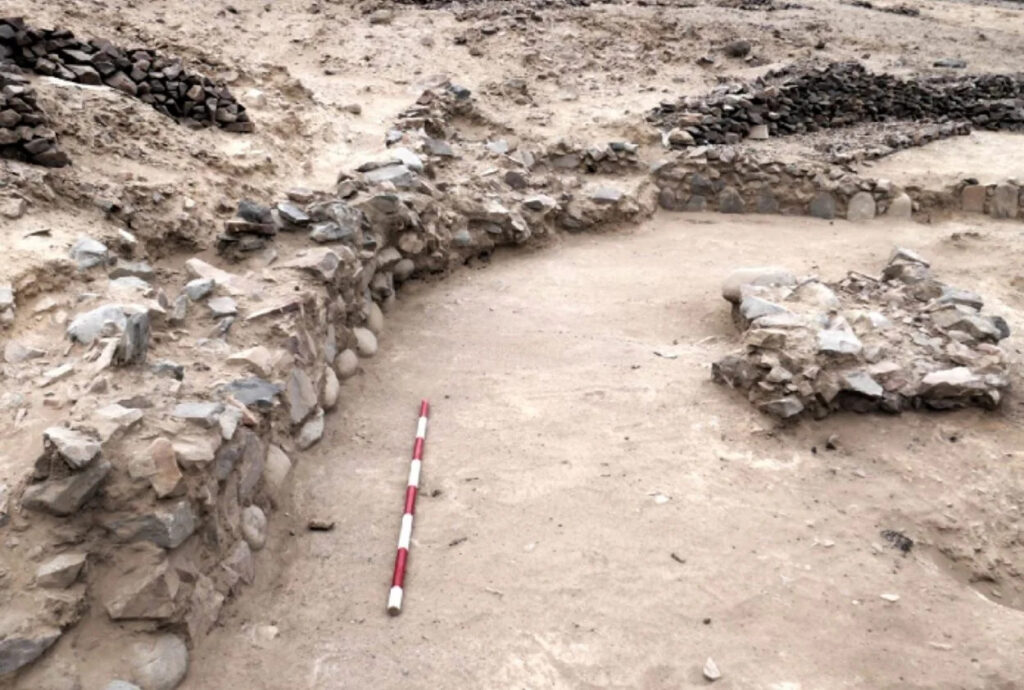A team of archaeologists from the Autonomous University of Barcelona and the University of Almeria have uncovered a large complex from the Wari civilisation at El Trigal III in La Puntilla, Peru.
The Wari, also called the Huari, were a Middle Horizon civilisation that emerged around AD 500 in the south-central Andes and coastal region of Peru.
The Wari State was centred on the capital, also known as Wari, in the Ayacucho Region near the present-day town of Quinua.
Due to prolonged periods of drought, the Wari culture went into decline around AD 800, leading to the eventual abandonment of major populations centres by AD 1000 shortly before the Late Intermediate Period.
Recent excavations at the El Trigal III archaeological site on the northern slope of the La Puntilla mountain range has uncovered an architectural complex consisting of a two-story building with a courtyard and warehouses.
Preliminary dating suggests that the complex was constructed between the 7th and 10th century AD, which according to the researchers represents a previously unseen building type inhabited by elite members of society from the time of the Wari State.
The main structure spans 130 square metres, featuring substantial stone and adobe walls that provided support for a second floor. Adjacent is an extensive courtyard area with adjoining storage rooms, totaling more than 500 square metres in size.
According to the researchers: “This type of architectural complex has not been documented in previous excavations. However, knowledge existed of a ceramic model with this same configuration, found in a burial site in Ayacucho. The existence of a model indicates that the construction was previously planned.”
The excavation results have been published in the journal Informes y Trabajos, of the Spanish Cultural Heritage Institute.
Source : HeritageDaily

